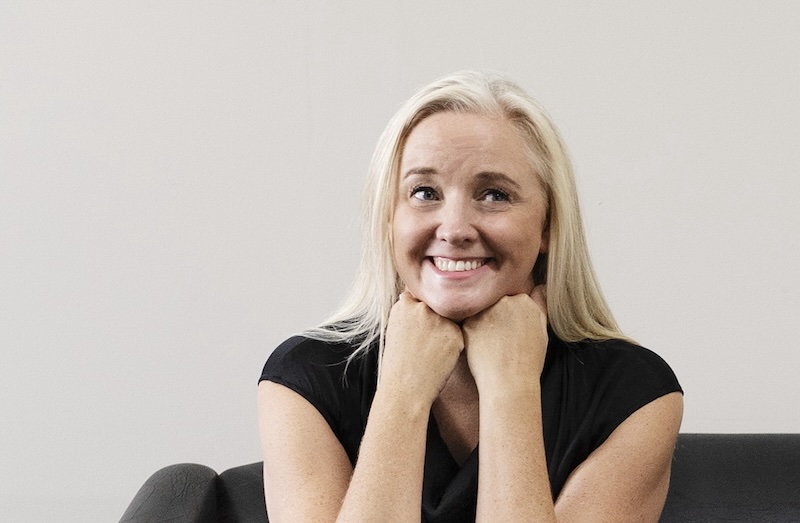Research that aims to break down taboos around talking about youth and porn has been named one of three finalists for the 2022 global ESOMAR research effectiveness awards.
Kantar Public New Zealand’s research was a partnership with Kantar Public’s client, the New Zealand government agency Te Mana Whakaatu – Classification Office headed by the Chief Censor, and The Collaborative Trust which ensures people working with young people have access to high quality information about healthy youth development relevant to rangatahi in Aotearoa New Zealand.
Gold, silver, and bronze winners will be announced at the awards ceremony in Toronto on September 20.
Jocelyn Rout, Kantar Public New Zealand Co-Managing Director, says the research was commissioned in 2018 by David Shanks, then Chief Censor, who wanted to break down the taboos around talking about youth and porn.
“Talking to kids about porn can be difficult and embarrassing,” says Rout. “It was a taboo subject despite porn being so freely available to children and young people through smartphones and other devices.”
A government review of sexuality education across New Zealand in 2018 showed fewer than half of schools covered pornography at all, and research showed nearly half of parents didn’t know where to get information to help them talk to their kids about porn.
In 2018 Te Mana Whakaatu – Classification Office began a three-part research programme. The objective was to activate a conversation about youth and porn, as a nation and in schools, communities and homes – and that this would be supported by education, tools and information for New Zealanders.
The three phases of the research were a nationwide survey of more than 2,000 14 to 17 year olds conducted by Kantar Public, content analysis of the 196 most watched porn videos conducted by Te Mana Whakaatu and 52 qualitative interviews with 14-17 year olds by The Collaborative Trust. Extensive consultation with subject experts and a literature review helped shape the research design.
The conversation about youth and porn was kickstarted with press conferences, published research reports, animated video to elevate the youth voice and support materials. These armed stakeholders, including then Minister for Children and Education, with in-depth insights and guidance on pathways to address the issue.
Rout says the Ministry of Education embraced the research findings which provided impetus to deliver three key initiatives. In 2020 the Ministry updated the curriculum guidelines for sexuality education to include a pornography teaching and learning section.
In collaboration with Te Mana Whakaatu the Ministry of Education also launched an interactive professional learning and development tool to support teachers to talk about pornography. The survey finding on the early age of first exposure to porn directly led to the creation and successful pilot of an online safer digital behaviours tool that was piloted in over 1,000 schools to develop critical thinking in nine to 12-year olds.
“Our research played a key role in sexual and public health experts, the Light Project, securing funding to deliver a national youth and porn stakeholder response in New Zealand. This included training workshops, resources, tools and pathways of care for a wide range of services that work with youth. The Light Project also used the research insights to develop a website www.intheknow.co.nz to help teens navigate the porn landscape, and resources to help adults have safe conversations with kids about porn.”
The most high profile output from the research was an advert which was part of the Keep it Real Online campaign on digital safety led by the Department of Internal Affairs. Featuring two actors playing fake porn stars who turn up to an unsuspecting teenage boy’s house, the production agency used humour to get across a serious message. The research insights guided the viral porn advert which received more than 22 million views and attracted global media attention with stories in the BBC, Guardian, New York Post and Fox News.
Rout says this research illustrates what can be achieved when we put the youth voice at the forefront of policy that impacts them.
“When we authentically engage with young people in a safe environment, they will reciprocate with extraordinary candour and insight.
“This research has led to a more consistent and comprehensive approach to education on porn both inside and outside of the classroom, as well as the development of critical thinking skills in younger children as they navigate the digital environment. Extensive national workforce development on porn literacy for services working with youth has been rolled out. Conversations between teens and adults in the home have been aided by new tools and resources, and the internationally acclaimed viral porn commercial from the Keep it Real Online campaign.”





















Discussion about this post